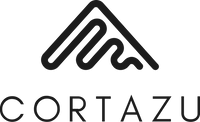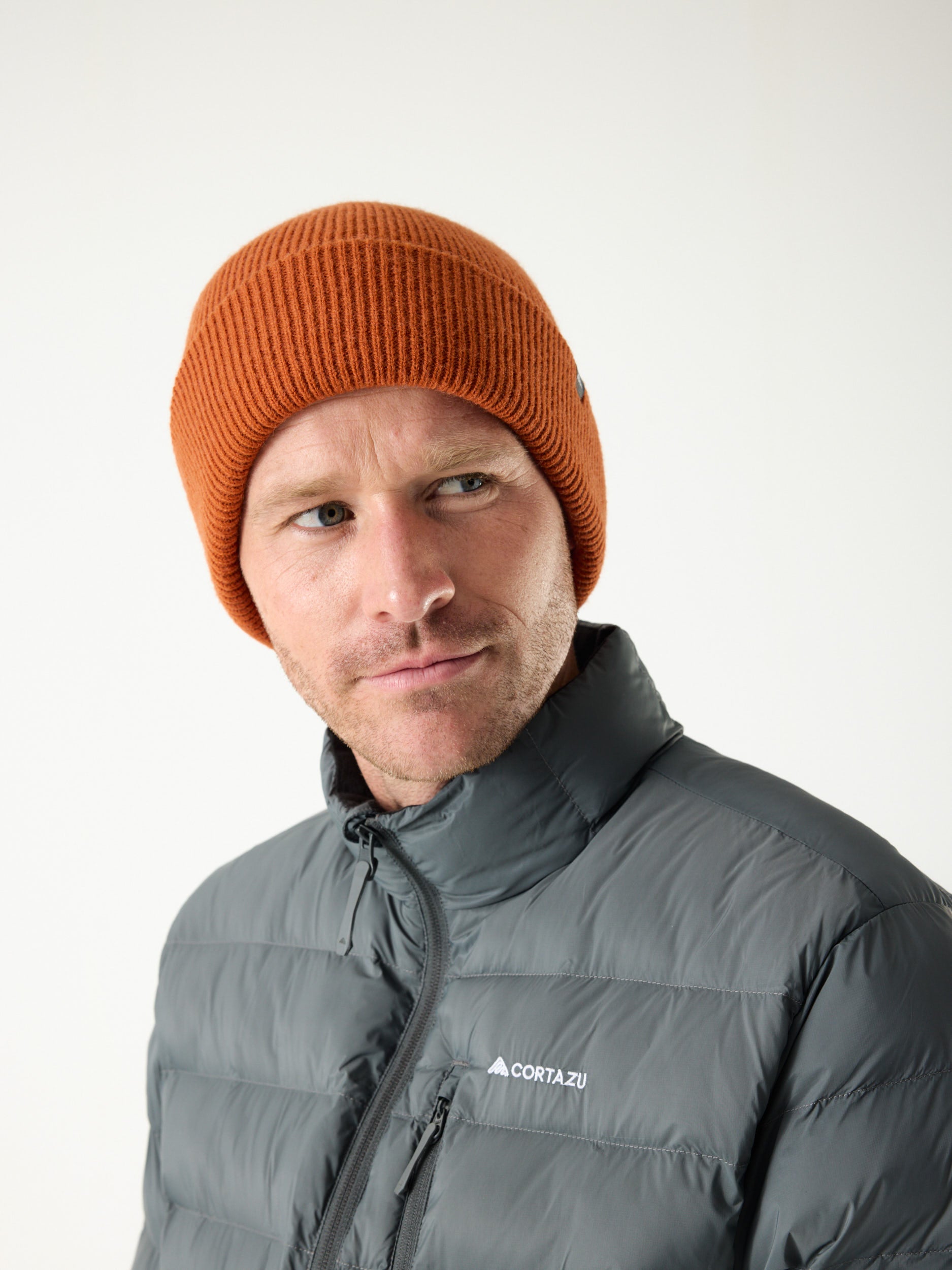If you're looking for a challenging and rewarding outdoor adventure, solo hiking is an excellent option. It's an incredible opportunity to connect with nature, clear your mind, and push yourself beyond your limits. However, solo hiking comes with its own set of risks and challenges. In this blog, we'll provide you with the best solo hiking tips to ensure that you stay safe and confident on your next trek.

One of the most important things to keep in mind when solo hiking is to know your limits. Always plan your route according to your physical abilities, experience level, and fitness level. Don't push yourself beyond your limits, or you might end up injuring yourself or getting lost.
2. Plan Your RouteBefore embarking on your solo hiking trip, it's essential to plan your route thoroughly. Make sure to research the trail you want to hike, including the distance, elevation, terrain, and any hazards that you might encounter. Familiarize yourself with the trail map, and take note of any water sources, rest areas, or emergency exits along the way.
3. Pack SmartWhen solo hiking, it's crucial to pack light, but smart. Bring only the essentials, such as water, food, first aid kit, extra clothing, a map, a compass, and a flashlight. Make sure to pack enough water to stay hydrated throughout the trek, and bring enough food to keep your energy levels up.
4. Dress AppropriatelyThe right clothing and gear can make all the difference in your solo hiking trip. Dress in layers, so you can easily adjust your body temperature as needed. Wear comfortable hiking boots with good traction, and bring a hat, sunglasses, and sunscreen to protect yourself from the sun.
5. Bring a Communication DeviceWhen solo hiking, it's crucial to bring a communication device with you, such as a cell phone, satellite phone, or two-way radio. In case of an emergency, you need to be able to contact help. Keep your communication device fully charged, and store it in a waterproof bag to protect it from water damage.
6. Trust Your GutWhen solo hiking, it's essential to trust your instincts. If you feel uncomfortable or unsure about a particular trail or situation, it's best to turn back or take a break. Listen to your body and mind, and don't push yourself beyond your limits.

Solo hiking is an incredible experience that can help you connect with nature and push yourself beyond your limits. However, it's essential to take the necessary precautions and plan your trip carefully to ensure your safety and well-being. By following the tips outlined in this blog, you'll be well on your way to a safe and confident solo hiking adventure.













